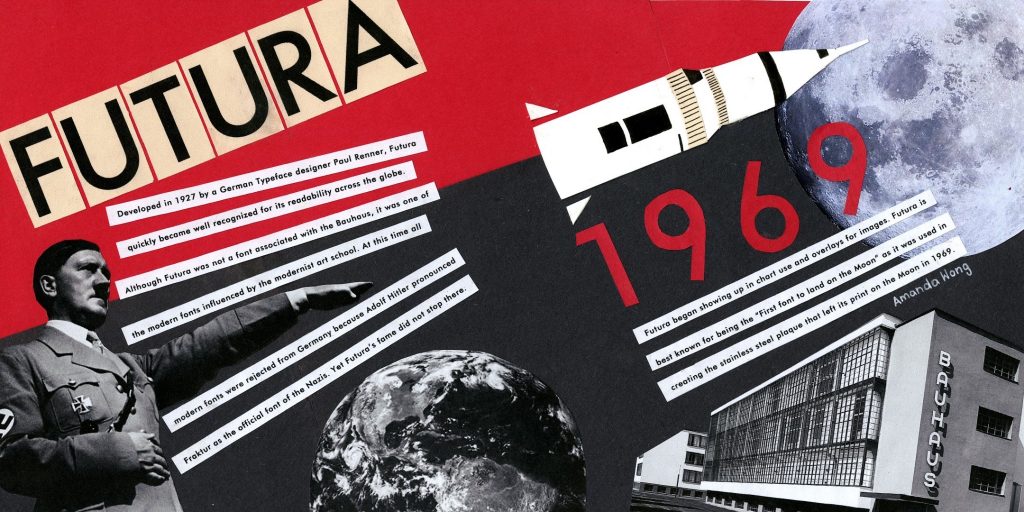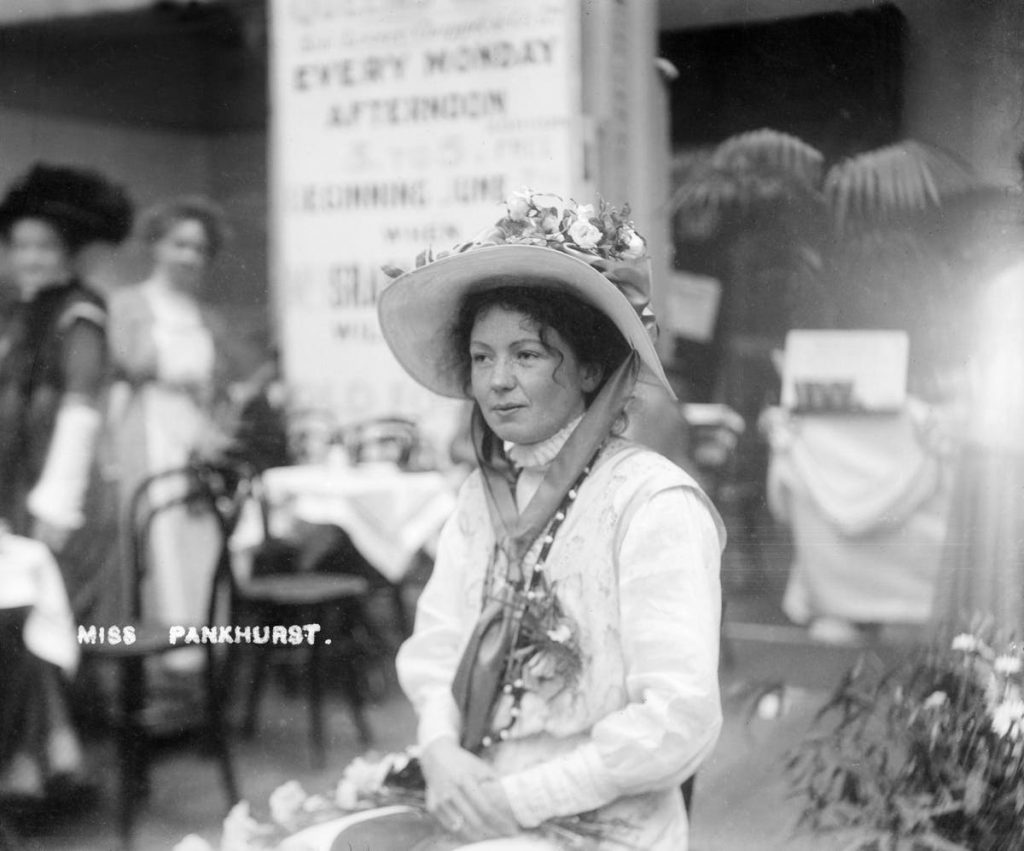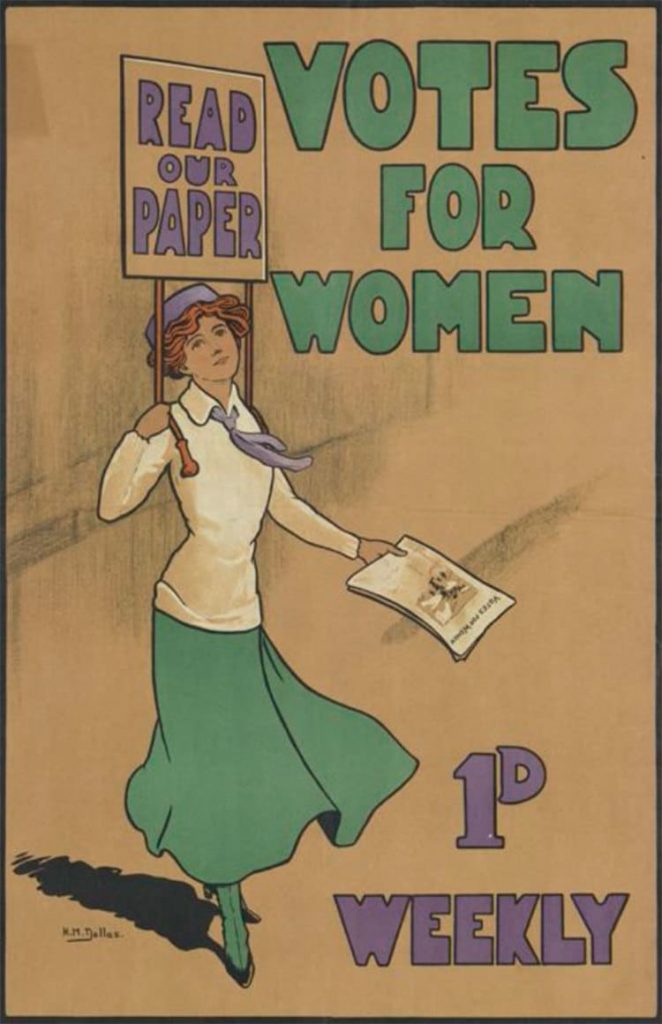Fashion played a big part in the Suffragette Movement in the early 1900’s. This caused a great notion amongst society as women were rejecting the corsets and crinolines of the Victorian Era. Like men, women were seen wearing trousers and pantsuits, in preachment of the comfortable clothing movement. Unlike any other protest, the Suffragette Movement did not shy away from the public eye. Many women who supported the movement wore the colours green, purple, and white in solidarity of women having equal rights to men. These three colours were chosen by Christabel Pankhurt, who was the co-founder and leader of the Social and Political Union. The colour green represents hope, purple for royalty, and white for purity. The Suffragette Movement not only change the right for women to vote, but it made fashion for females more progressive and more diverse decades after.
Though controversial, fashion houses such as Peter Robinson, best known as Topshop today had well supported the Suffragette Movement. Storefronts helped promote pieces of clothing such as scarves in the iconic green, purple, and white colours. With the whole dress according to the occasion movement, “Vote for Women”, a newspaper house argued to be conscious when buying white dresses for the movement and to only buy from companies who supported the Suffragettes. This comes to show how intense this protest was that no matter what one does, there will always be an afterthought of doing the right thing for women.
What I have learned from this time period was that in order to do justice to the Suffragette era, I would need to include the iconic colour trio into my fashion artifact. These colours back in the day were the main determinants to show whether you were a supporter of this cause or not.
My idea for this artifact is to recreate the sash that was worn by women during the Suffragette Movement. This was an important piece of clothing as it was a wearable piece of promotion for the Suffragette Movement.
Sources:
https://americanhistory.si.edu/collections/search/object/nmah_509474
https://en.wikipedia.org/wiki/Black_suffrage
https://www.stylist.co.uk/fashion/suffragette-movement-fashion-clothes-what-did-the-suffragettes-wear/188043
https://www.womenshistory.org/resources/general/woman-suffrage-movement
Knowing I was being given a fashion artifact for Survey 6, I felt extremely excited and enthusiastic about the project ahead. I decided to dedicate this spread towards the Suffragette Movement because I had learned a bit about this topic in high school, yet I wanted to further my knowledge of an important event that improved lives for millions of women. When researching, I found the Suffragette sash to be one of the most well-recognized clothing pieces of this time. I like how the sash was a piece of clothing that signified unity amongst women. For this reason, I felt the need to shine light on this event and try to educate others on my learning.
I am much happier and satisfied with the turnout of my second spread compared with my first because I felt like the process ran much smoother, which allowed me to really comprehend how I was applying my knowledge into this project. I would give myself an 8.5/10 for this artifact because I was able to go out of my comfort zone and try something new, yet not allow this new thing to affect the execution of the final product like how it did for my first spread. My experience with sewing is very slim. I have not played around with sewing a lot, so I believe the turnout of my satin Suffragette sash was very successful. What I think I could have improved on with this project was photographing the sash. Initially, I wanted to iron on my text to the back of my sash using iron-on fabric paper, however, because I used satin, I was unsure if the material would work the same as if it were cotton fabric. That lead me to photograph the sash vertically so that later on I could paste the text on with glue. I wish I would have done a better job at incorporating my text because I felt like it was a bit lacklustre. Aside from the text, I was very happy with the background illustration because I felt like it was able to set a good mood for my time period yet not take away too much from the actual artifact itself.





